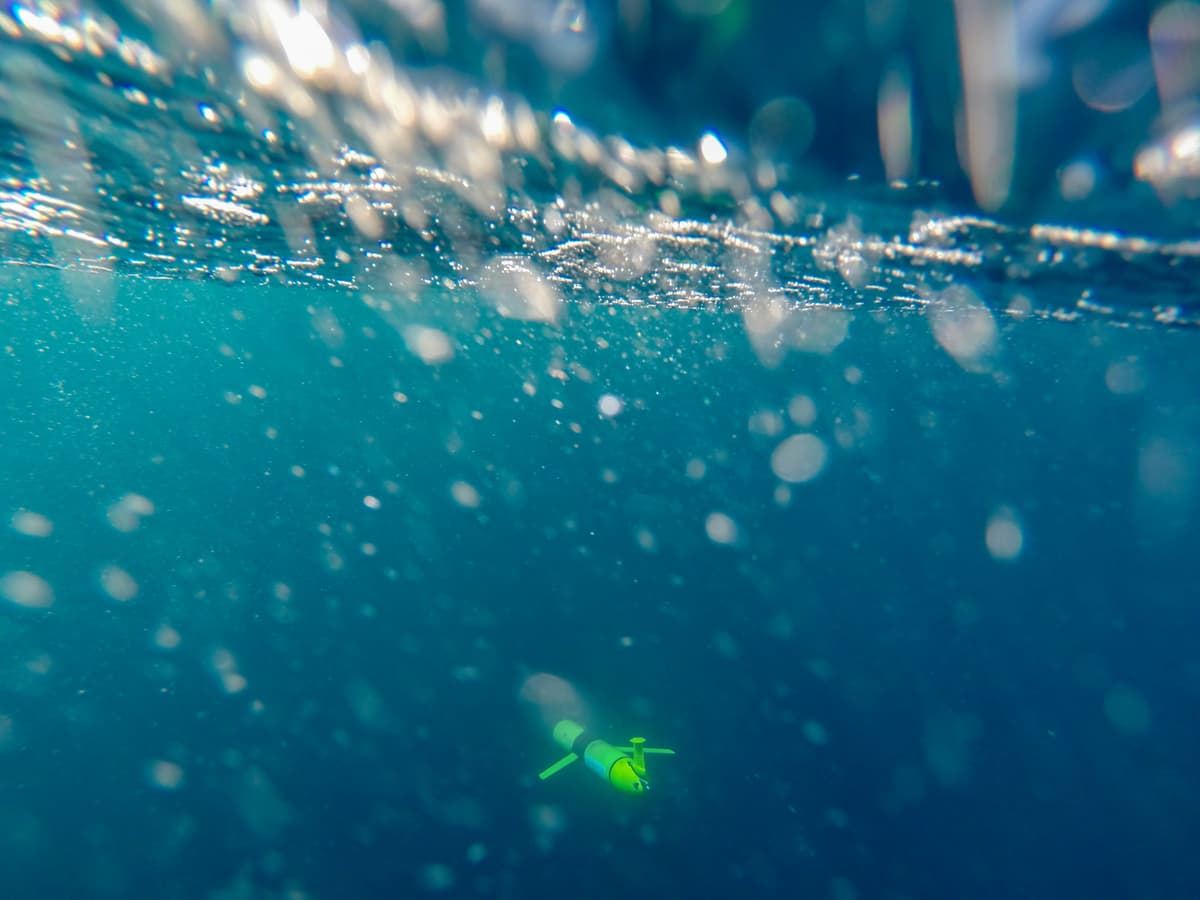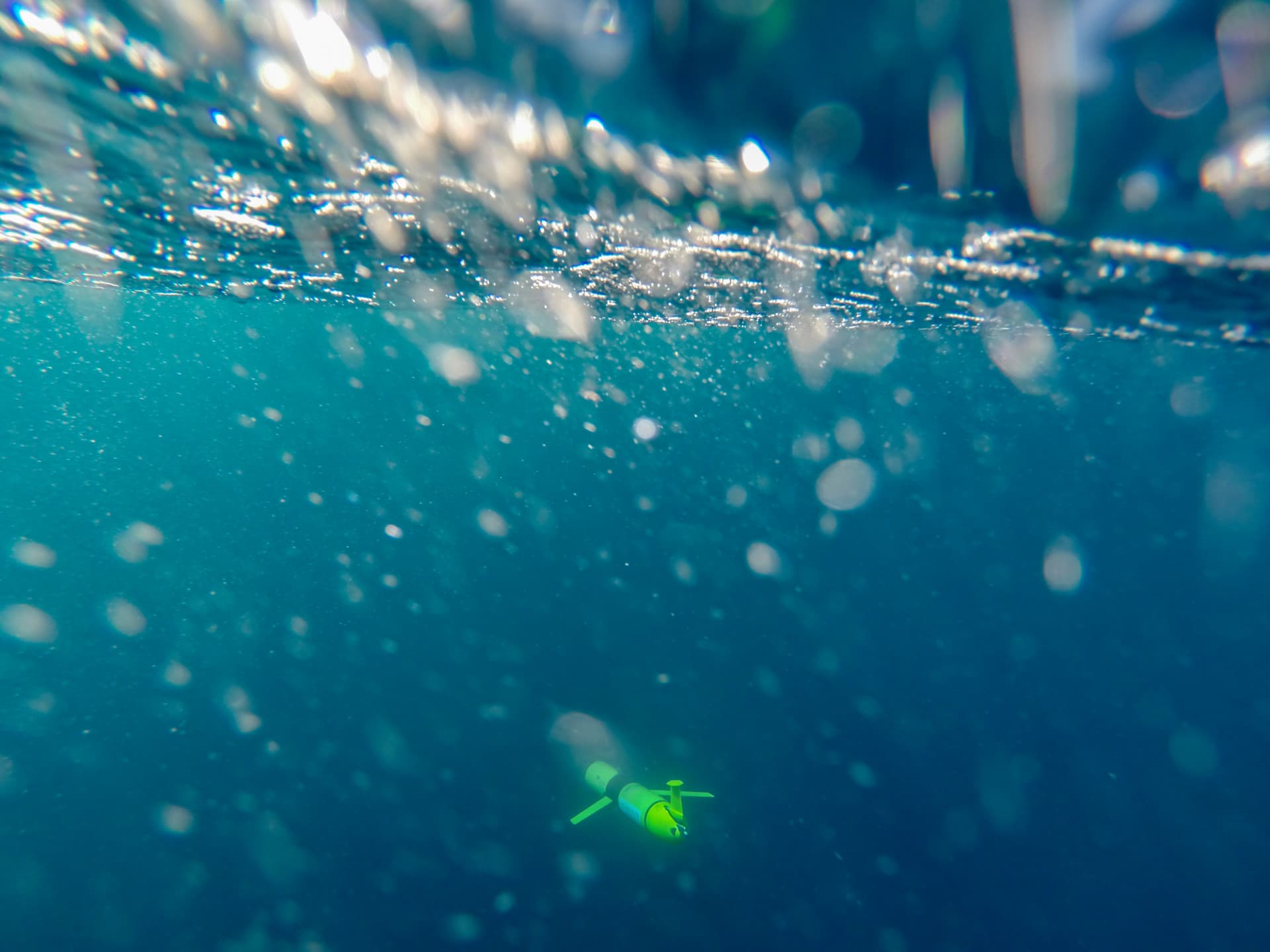Related projects & activities


Posted on Thursday 16 May 2019
They recently published a study highlighting common findings between the traditionally separate studies of natural marine environments (kelp beds, seagrass meadows, etc) and built aquaculture environments.
While the review acknowledges the difference in structure and nutrient supply between natural and built systems, it highlights areas where biophysical properties are similar, eg changes in water flow, wakes and shears.
“Engineering and ecology have historically been pretty separate in terms of the science, motivation and approach. However, we think bringing the two areas of research closer together will enhance the understanding of how marine canopies work, and the impacts they have,” says Stevens, the Project Leader.
“This will benefit anyone who wants to know what the effects of an aquaculture activity might be, or how macroalgal or seagrass beds respond to climate change.”
Stevens C & Plew D (2019) Perspective: Bridging the Separation Between Studies of the Biophysics of Natural and Built Marine Canopies. Frontiers in Marine Science, Marine Ecosystem Ecology, DOI: 10.3389/fmars.2019.00217
